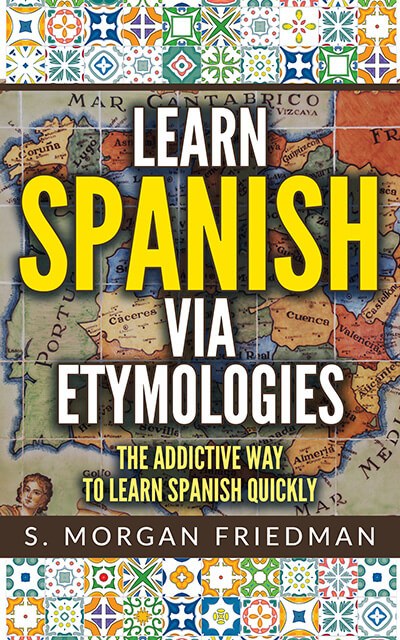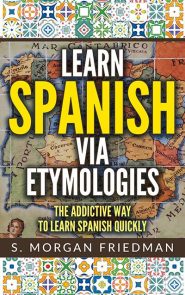The Spanish caer, “to fall”, sounds weird to English ears. But it is closer than it sounds to many English words.
Caer comes from the Latin cadere — meaning “to fall, sink, die” — and the middle -d- was lost as Latin grew into Spanish.
From this same Latin root cadere, we get a bunch of English words — mostly that came from the Latin to English via French — including:
- Cadaver – The most obvious connection is Cadaver, a dead body.
- Cadence – The cadence of your voice does go up and down!
- Cadenza – The cadenza is the dramatic falling off of the music at the end!
- Case (in the sense of, something that happens: a detective’s case or “in case of”; not in the “box” sense) – Case is the least obvious connection. Cadere turned into the Latin casus, meaning “an event, an accident” which then turned into the more standard, “something that happens.” So, falling/death turned into an accident which turned into something that just happens — talk about words becoming euphemistic over time!

